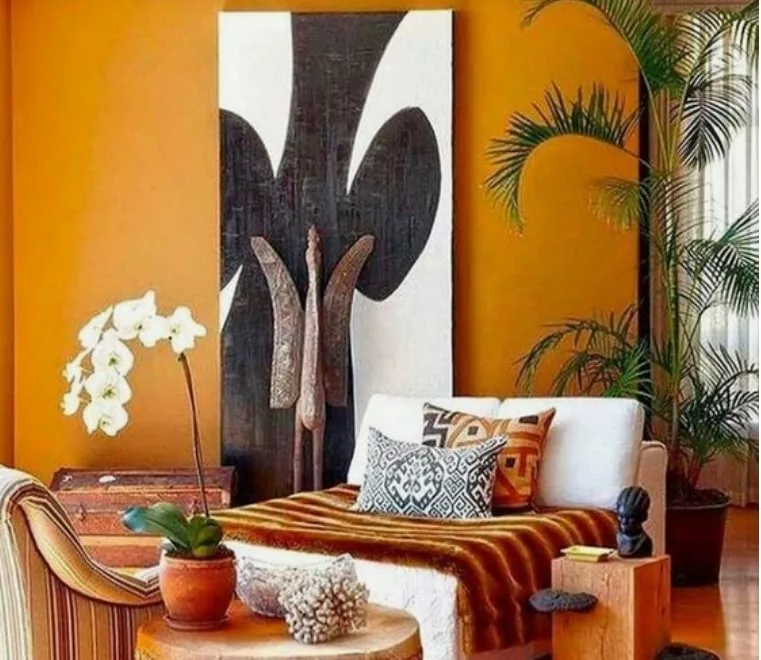Ugandan homes offer a compelling glimpse into the country’s diverse cultures, blending traditional architectural styles with modern influences. Whether nestled in serene rural landscapes or set within bustling urban centres, these homes reflect Uganda’s vibrant way of life, warmth, and hospitality. This article delves into the unique aspects of Ugandan homes, exploring their architecture, the differences between urban and rural living, typical home lifestyles, and notable interior design elements.
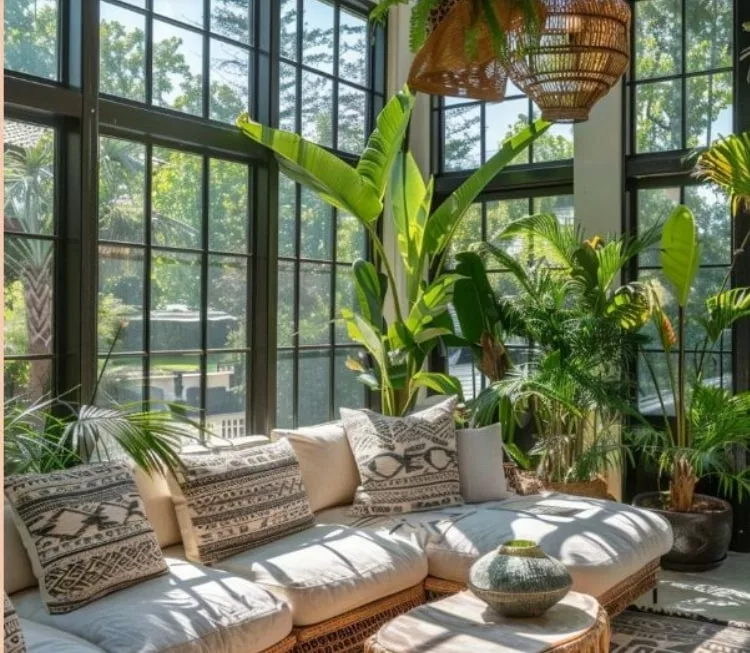
Architectural Styles
Ugandan architecture mirrors the nation’s rich cultural heritage and contemporary developments. Rural homes typically feature traditional materials like mud, grass-thatched roofs, and timber. Often structured in circular or rectangular shapes, these dwellings are sustainable and adapted to the local climate. Homes in rural areas usually exist within family compounds, surrounded by gardens and plantations.
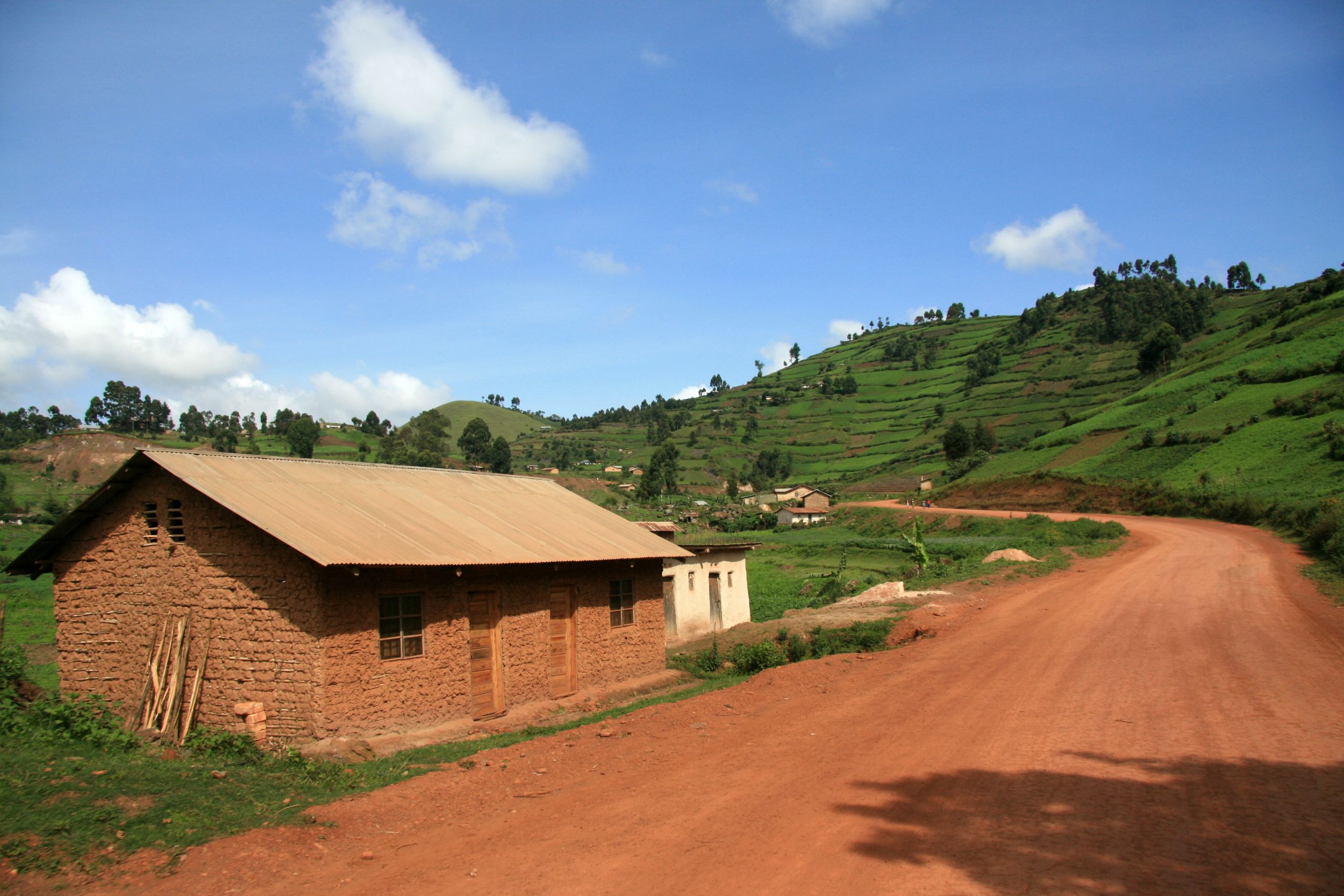
Conversely, urban architecture is marked by modern designs, incorporating bricks, concrete, steel, and glass. Cities such as Kampala, Jinja, and Entebbe showcase a mix of single-family houses, duplexes, apartments, and luxurious villas. Modern urban homes emphasise ample natural lighting, ventilation, and spacious outdoor areas like verandas, highlighting the blend of functionality and aesthetic appeal.

Urban and Rural Homes
There is a clear distinction between rural and urban living in Uganda. Rural homes are community-centric, often accommodating extended families under one roof or within closely linked family compounds. Life here is characterised by agricultural activities, communal living, and strong family ties.
Urban living, however, tends to be more individualistic, catering mostly to nuclear families or single occupants. Urban homes offer greater access to modern amenities such as electricity, running water, and internet services, significantly influencing lifestyle patterns. Despite these differences, Ugandans across both environments maintain a strong sense of community and family values.
Ugandan Lifestyle and Hospitality at Home
Hospitality lies at the heart of Ugandan culture. Homes, irrespective of their location, are spaces for gathering, celebration, and social interaction. Ugandans frequently host family gatherings, ceremonies, and casual meetups, serving traditional dishes like matoke, grilled meats, and groundnut stew. Guests are warmly welcomed, often treated like family, highlighting the generous and inclusive nature typical of Ugandan households.
In rural settings, gatherings commonly take place outdoors, in open courtyards or gardens. Urban homes use verandas, patios, or spacious indoor living rooms to entertain guests, reflecting adaptability to more compact spaces.
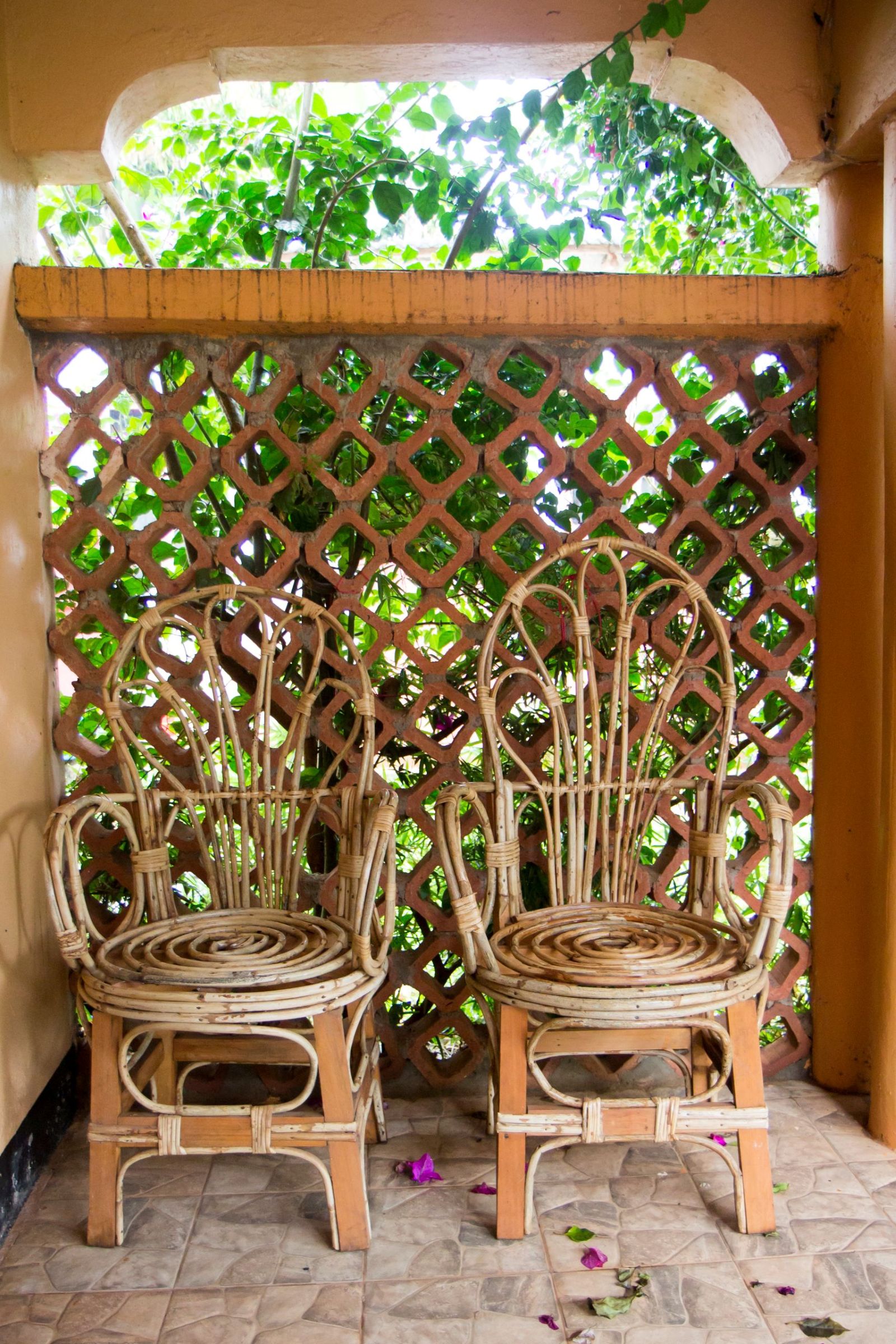
Interior Design and Unique Elements
Ugandan interiors beautifully blend tradition with contemporary aesthetics, creating inviting and culturally rich living spaces. The furniture often includes locally made items crafted from indigenous woods such as mahogany or mvule. Sofas and chairs upholstered with brightly patterned kitenge fabrics or traditional bark cloth are a hallmark of Ugandan interior style.
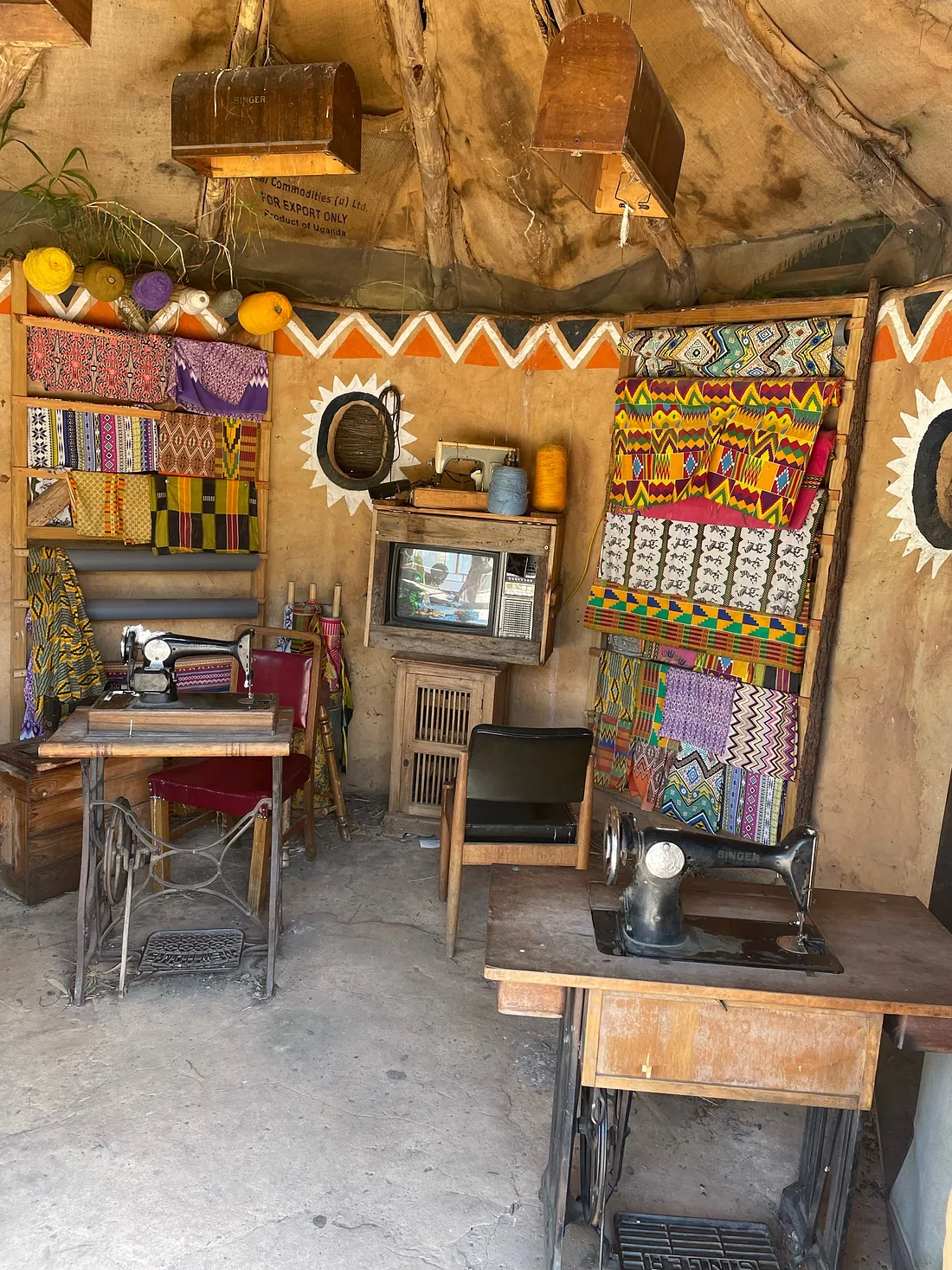
Art and ornaments play a significant role in decorating Ugandan homes. Locally produced crafts, such as woven baskets, mats, and banana fibre wall hangings, add authentic charm and storytelling value. Artwork depicting local scenes, wildlife, and cultural heritage frequently adorns the walls.
Additionally, homes often feature decorative accessories like cowhide rugs, handwoven textiles, beaded curtains, and traditional musical instruments like drums and harps (adungu), underscoring the cultural identity deeply embedded in interior spaces.
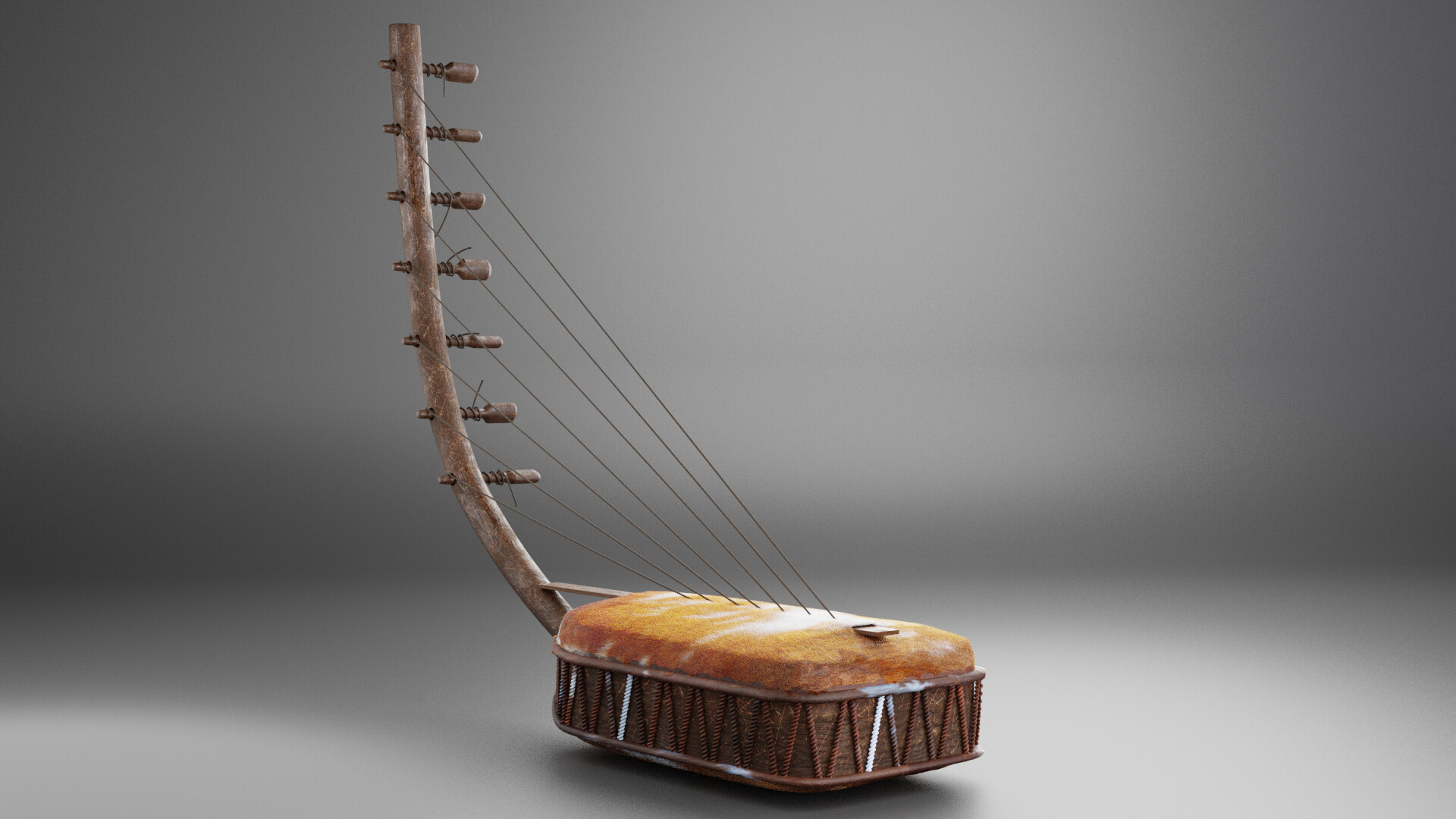
A Reflection of Ugandan Culture and Progress
Ugandan homes stand as symbols of the nation’s rich heritage and dynamic modernisation journey. They encapsulate the spirit of Ugandan culture—warm, welcoming, and richly expressive. As urbanisation accelerates, Ugandan homes continue to adapt, harmoniously combining traditional values with modern comforts, offering unique insights into a country that cherishes both its roots and its future.

